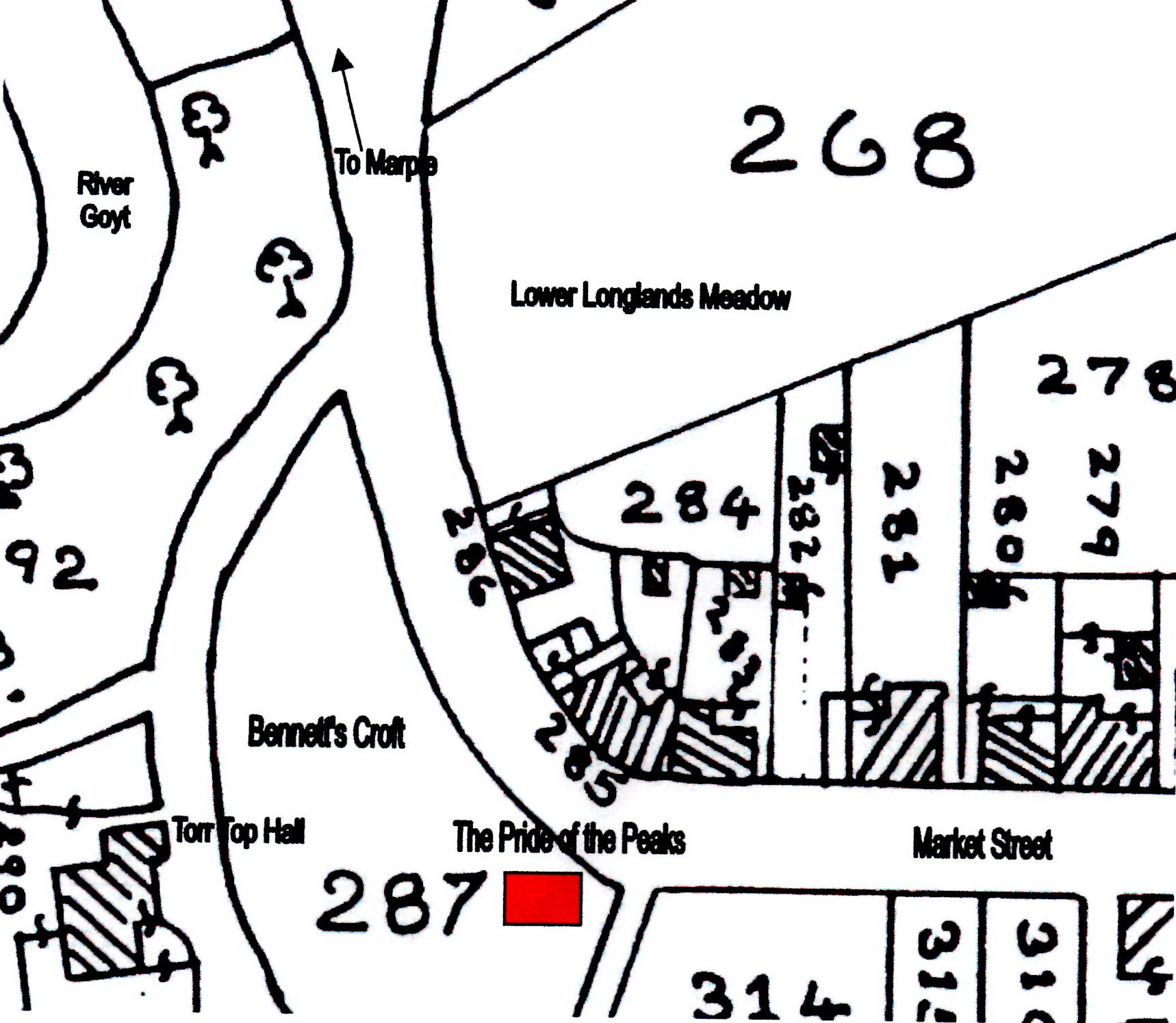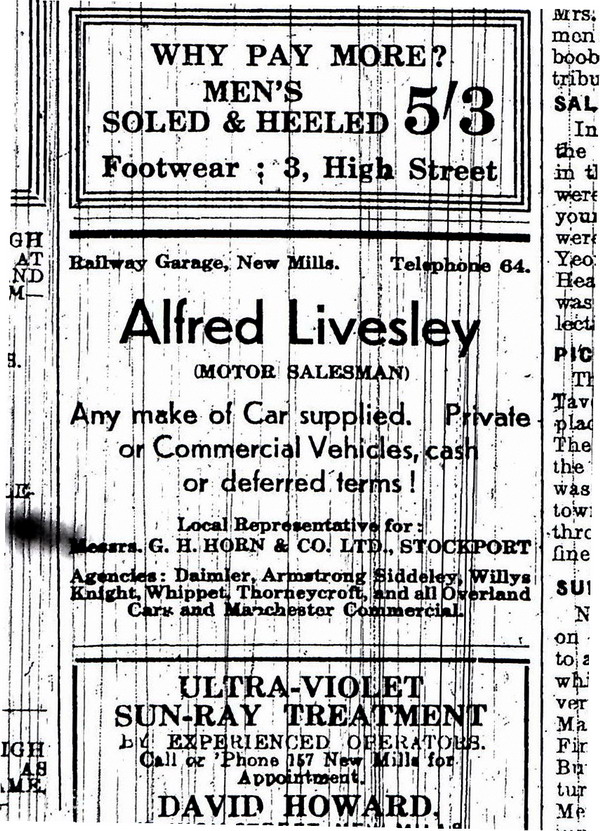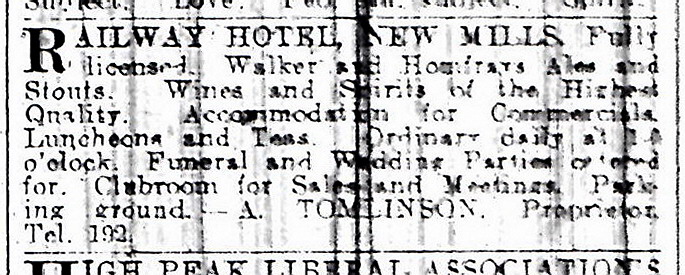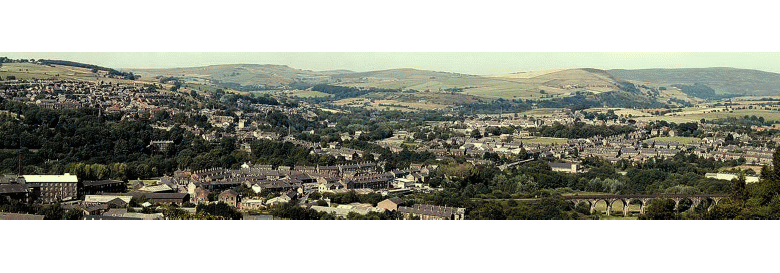| | | | |  | |  | | | |
The Pride of the Peaks
Formerly The Railway Hotel
Market Street was built in 1805, as a part of the Stockport and Marple Turnpike. Shops and buildings quickly appeared along its length as far as Rock Street. But then stopped as Market Street headed off toward Marple along the course it still follows today.
As late as the 1840s there were no developments in the area which today contains the public house and the bus terminal. The area was covered by a croft owned by Messers Bennett, Mahony and Cresswell, who owned much of the free land, in what is today the town centre. Behind this walled croft were stables and a large building known as Torr Top Hall and behind these two buildings, a field bounded by the steep sides of the Torrs, called the Old Meadow.

Between the years 1851 and 1861, a house was built on the site, and became the home of the Platt family. William Platt was a native of New Mills. A grocer and corn dealer, he lived with his wife, Anne, three brothers and sister. Brother Joseph, age 35, was a baker, John 33, a labourer at a Calico printworks, Thomas 24, a Blue dyer, sister Betty 19, was a factory hand.
In 1865, the new Manchester, Sheffield and Lincolnshire Railway opened and passengers began to arrive at Central station. It was soon after this that the property was redeveloped or rebuilt and opened as the Railway Hotel. Probably to take advantage of the trade the new railway was bringing to the town. New Mills at this time was a thriving manufacturing area, which would have attracted many visitors on business.
By June 1884, the Union Bridge was completed and the new Union Road pushed up from it through the Old Meadow. Torr Top Hall was demolished to allow the new road a straight course to join Market Street. The Railway Hotel now found itself on the junction of the two busiest roads in the town, which must have been a great boon to trade. If you look at the outside of the building, it is easy to see how it is aligned to the older Market Street with none of its lines or original windows looking to the new road.
The Railway Hotel had several landlords during its first 100 years. The first Innkeeper was Mr. John Potts Maughham, who with the help of his wife Jane, and daughters Annie and Elizabeth ran the business. John was born in Disley. But by the age of 15, was living on Bridge Street and employed as an engraver. In 1874, his eldest daughter Annie, who worked as a barmaid, married Charles Beresford, a professor of Music
By 1891, John now age 67, was a widower, employing Miss Mary Swallow, age 33, as a Barmaid and Miss Anne Smith, age 26, as a Domestic Servant to help him run the hotel and bar.

Around 1896, the Railway Hotel changed hands for the first time.
Mr. Alfred Livesley, his wife Elizabeth, their two young sons Alfred and George, sister-in-law Alice and servant Emily moved in.
Alfred Livesley, (senior) died on the 31st October 1913. His wife Elizabeth took over the business, before retiring to Hulme Villa, Lowleighton Road and handing it to her eldest son Alfred (junior) and his wife Ethel. It was Ethel who held the licence and became the Hotel Manager, probably because her husband was already operating a successful business from the rear of the hotel.
If you walk around the tall stonewalls to the rear of the public house you will notice a built up door and windows. There are also two large gated entrances, one onto Union Road and one effectively from the rear of the building off Rock Street. These are the remnants of stables and garaging for a range of horse drawn carriages. Originally, this was operated by the hotels proprietor Mr. Maughham for the benefit of his guests. But it seems that the Livesleys initially rented out the stables, because in 1903, the following advert appeared in the High Peak Reporter:
 T. Proctor, Railway Hotel, Carriage Proprietor, Cabs, Landaus, Waggonettes and Traps, all for hire. T. Proctor, Railway Hotel, Carriage Proprietor, Cabs, Landaus, Waggonettes and Traps, all for hire.
By 1910, Mr Alfred Livesley had taken over the business and continued to run it for the next twenty years. Moving with the technological advances of the time from horse drawn carriages to motorcars. The buildings and yard became known as The Railway Garage. It appears that the buildings were largely demolished soon after the Livesleys retired to Hulme Villas in December 1929.
Following the departure of the Livesleys the next landlord was Mr. Archie Tomlinson, of Chinley and his wife Clara. They kept the hotel from 1930, through to 22nd December 1939. Mr. Roy Mayer then took over until 1941. It was around
this time that Wilson’s  Brewery bought the premises. Brewery bought the premises.
Following the departure of Mr. Mayer, Mr Thomas Henry Gent and his wife Vera ran the business. Vera was the Landlady until she retired in June 1965, having spent over thirty years in the trade. Mr. Jim Kerr then took over until February 1968, followed by Mrs H. M. McKenna. Better known locally as Hilda Mary.
In April 1979, the public bar was completely modernised and refurbished. The new landlord Mr Les Buckley held a competition inviting customers to suggest a new name for the premises. The competition and £10 prize were won by Mr. Michael (Mick) Patterson. The Railway Hotel was renamed The Peaks.
From 1994 to 2003 John L. and Susan P. Pearce were managers. Soon after they departed the public bar was again altered and completely refurbished to the layout we see today. The name also changed and the The Peaks became The Pride of the Peaks.
It is very unlikely that customers from earlier eras would recognise todays interior, but the outside would still be familiar.
 |
| | ![]() |  | |  | | | | | |
|
|











 T. Proctor, Railway Hotel, Carriage Proprietor, Cabs, Landaus, Waggonettes and Traps, all for hire.
T. Proctor, Railway Hotel, Carriage Proprietor, Cabs, Landaus, Waggonettes and Traps, all for hire. Brewery bought the premises.
Brewery bought the premises.